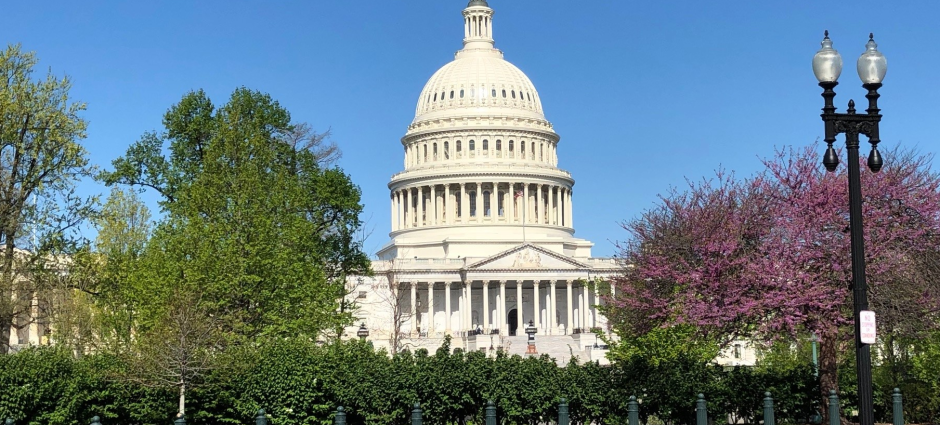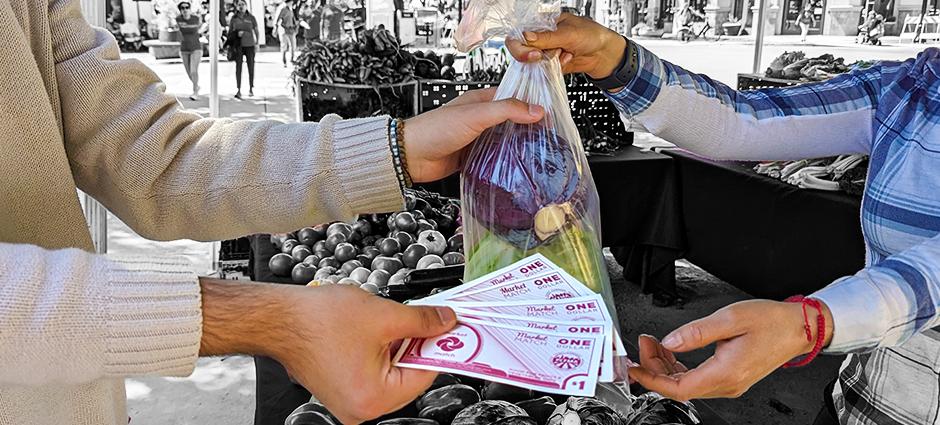Federal SNAP Delay Hurts Small Farms
The federal budget stalemate, which resulted in a shutdown of the federal government starting October 1, 2025, and stretching into November, has reverberated throughout the economy. As the shutdown continued, and more federal services were halted, individuals and businesses without direct federal contracts began to experience its impacts. This includes farmers markets and farms, and businesses that sell in those markets.
At PCFMA, we have in the past received federal grants through USDA programs to support our farmers markets. Since we had no active grants when the shutdown began, we felt fairly well-isolated from the shutdown. Similarly, very few fruit and vegetable farms, especially those that sell through direct marketing at farmers markets, receive federal support. The vast majority of USDA’s direct support for farmers goes to those growing commodity crops like corn, wheat, soybeans, and cotton.
When it was clear that the shutdown was going to stretch into a second month, it also became clear that PCFMA and the farms we serve were going to begin to feel the ripple effects of the shutdown, beginning with the impact on our farmers market customers who rely upon federal SNAP funds, through California’s CalFresh program, for food purchases.
PCFMA’s markets accepted federal Food Stamp benefits before that program transitioned into the current SNAP/CalFresh program. PCFMA has also been a leader in the statewide Market Match program that provides additional benefits to CalFresh customers, allowing them to increase their purchase of fresh fruits and vegetables when they choose to spend their benefits at farmers markets. PCFMA piloted its first Market Match-style program in 2009 and, since then, has expanded the program to be a staple at all of its farmers markets.
In the first weekend of November, this impact was evident for PCFMA’s farmers markets and our farms. CalFresh spending at PCMFA’s farmers markets on Saturday, November 1, and Sunday, November 2, 2025, dropped by more than 33% from what we would expect if CalFresh customers had received their benefits on time.
Customer activity at farmers markets varies from week to week for many reasons; including weather, seasonality, competition from local community events, and even playoff games for Bay Area sports teams. But past history of customer activity is a helpful guide to forecasting future customer participation.
This is especially true when forecasting CalFresh activity as the benefit disbursement schedule is consistent from month-to-month, with benefits rolling out daily on the first 10 days of the month, even on Saturdays and Sundays. When the month starts on a Saturday, as it did in November 2025, we expect CalFresh activity at our weekend farmers markets to be slower as the majority of CalFresh recipients have not yet received their benefit for the month. But the drop in CalFresh activity this month was significantly larger than expected. The first weekend of November 2025 saw CalFresh activity at PCFMA’s farmers markets drop 42.7% from the first weekend of October 2025.
If the reduction in CalFresh spending were to continue, it would have a significant impact on the farms and other small businesses that sell food in farmers markets. The fresh products that they bring to market will not last for weeks or even months while waiting for a resolution to the federal shutdown.
Recent news reports suggest that the shutdown may end within the next week, with SNAP fully funded until the end of the federal fiscal year; September 30, 2026. Due to the impacts of the SNAP funding delay on consumers and farmers, we are hopeful that we will not see a repeat of this year’s challenges at this time next year.
PCFMA has long been an advocate for farmers markets to participate in federal food benefit programs to ensure that farmers markets are open and welcoming to everyone, and to create more opportunities for the farms within PCFMA’s markets to increase their sales.


